It’s a wild world out there, and some of nature’s most intriguing creatures have found a way to make their homes inside other animals. These fascinating relationships range from mutually beneficial to downright parasitic. Let’s take a closer look at some of the most interesting examples of animals living their best (or worst?) lives inside other creatures.
1. The Feisty Fish That Lives Inside Sea Cucumbers
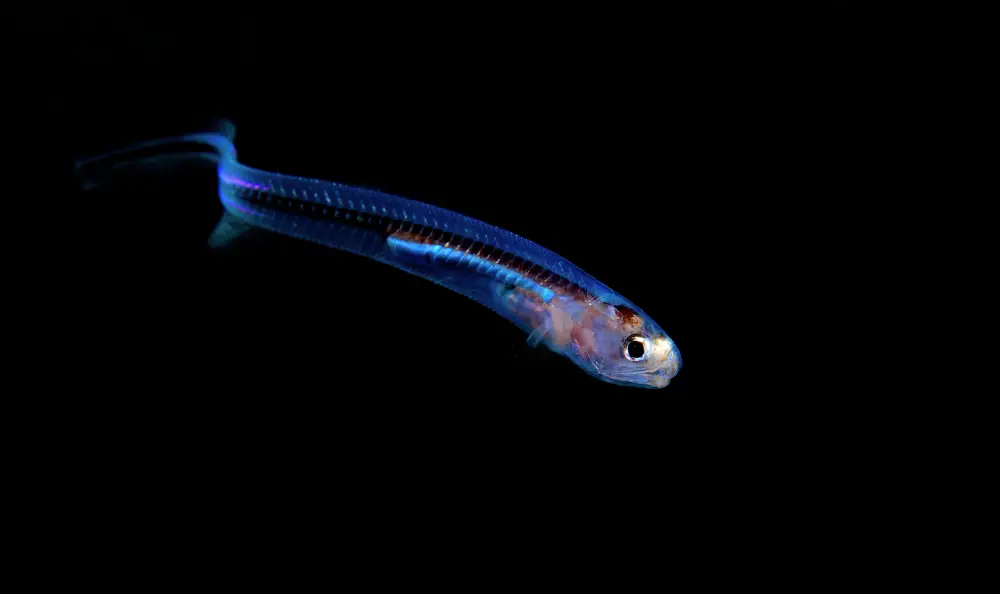
Meet the pearlfish, a small, slender fish that has a peculiar living arrangement. Its chosen abode? The rear end of a sea cucumber. Yes, you heard that right! According to the Smithsonian Ocean, these fish enter through the cucumber’s posterior and set up shop in its body cavity. Living inside a sea cucumber might not sound glamorous, but for the pearlfish, it’s a cozy and protective home.
The relationship isn’t exactly mutualistic, as the sea cucumber doesn’t benefit from housing the pearlfish. However, it usually tolerates the invasion unless the fish gets too rowdy. In return, the pearlfish gets a safe shelter from predators and a place to rest. This unique living situation makes the pearlfish one of the most interesting examples of commensalism in the marine world.
2. The Bizarre Cricket That Lives Inside Toads
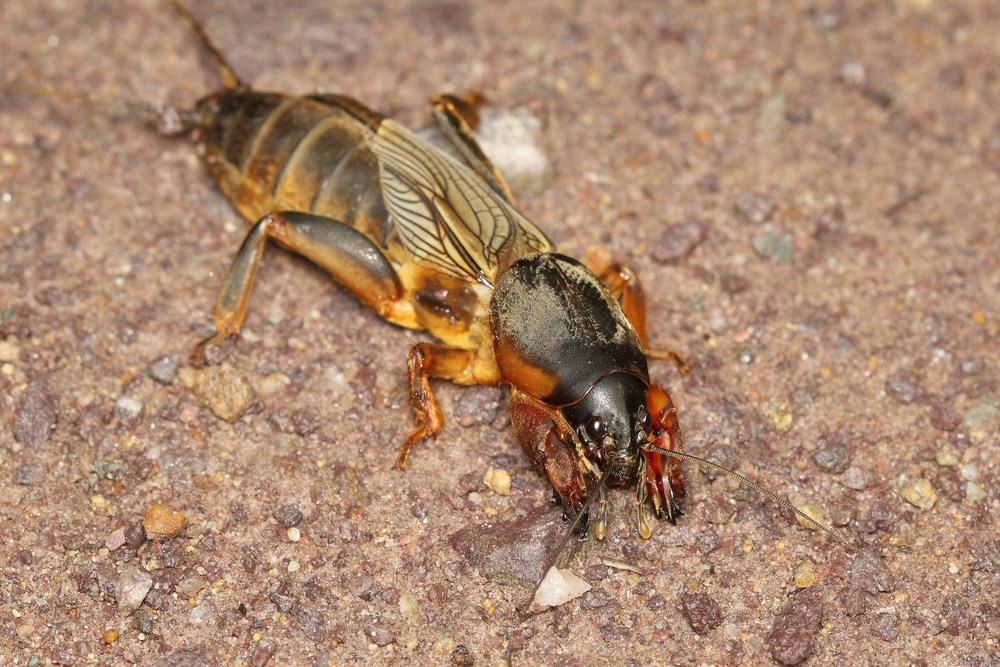
The toad cricket, also known as the toadfly maggot, has a rather unusual life cycle. According to Garden Wildlife Health, these tiny insects lay their eggs on toads, and when the larvae hatch, they burrow into the toad’s body. Inside, they grow and feed, often to the detriment of their toad host. The larvae eventually mature and leave the toad to continue their life cycle.
This parasitic relationship doesn’t end well for the toad, which can suffer severe health issues or even die from the infestation. However, the toad cricket benefits from the warmth and nutrition provided by living inside a toad. It’s a grim example of nature’s harsh realities and the lengths some creatures will go to survive and thrive.
3. The Hermit Crab That Makes Its Home Inside Sea Anemones
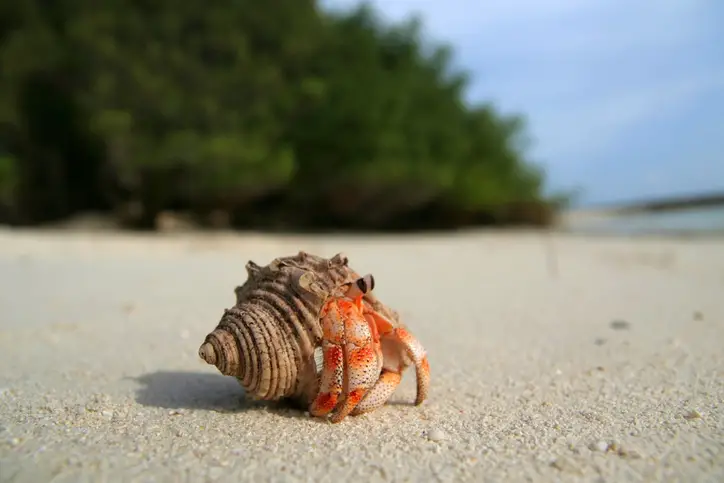
Hermit crabs are known for their unusual homes, but the banded hermit crab takes it to the next level. Instead of using a traditional shell, it partners up with sea anemones. The anemones provide protection with their stinging tentacles, while the crab offers mobility, carrying the anemone to new feeding grounds.
This mutually beneficial relationship is a classic example of mutualism. The crab gets a mobile fortress, and the anemone enjoys a constant supply of food particles from the crab’s leftovers. It’s a perfect partnership where both parties benefit, showcasing nature’s knack for creating symbiotic relationships.
4. The Sticky Situation of Barnacles Living Inside Whales
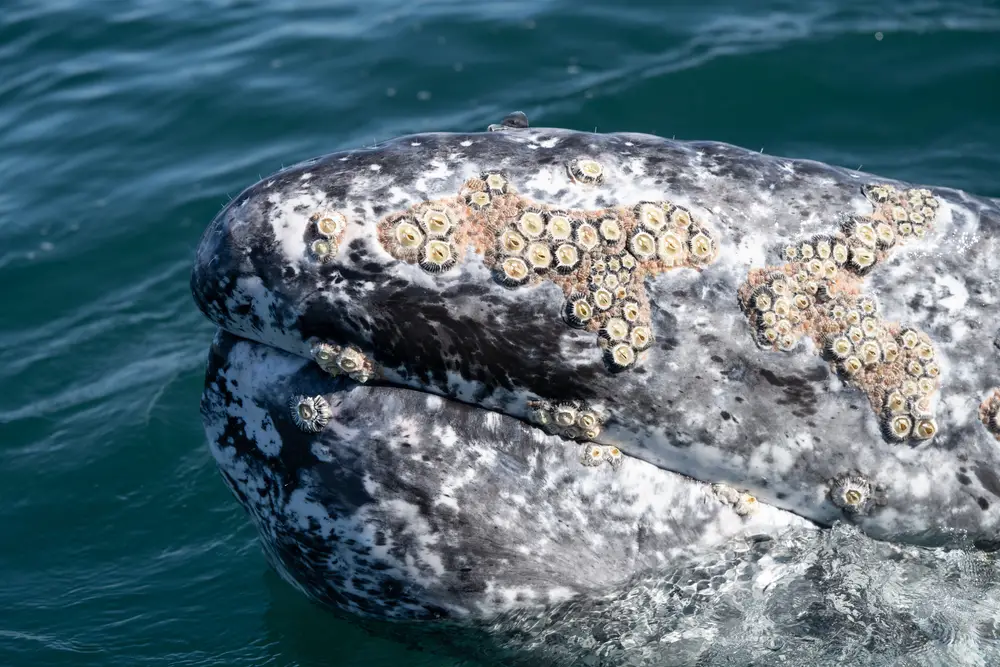
Barnacles are infamous for their tenacious grip on ship hulls, but some species prefer a more lively home. Whale barnacles attach themselves to the skin of cetaceans, like whales and dolphins, where they find a permanent place to live, feed, and reproduce. It’s a win for the barnacles, but not so much for the whales.
While the barnacles benefit from a moving buffet, the relationship is purely one-sided. The whales don’t gain anything from hosting these hitchhikers, and in some cases, the barnacles can cause irritation or drag during swimming. Nonetheless, this fascinating relationship demonstrates the lengths barnacles will go to for survival.
5. The Cozy Residence of Spiny-Headed Worms Inside Fish
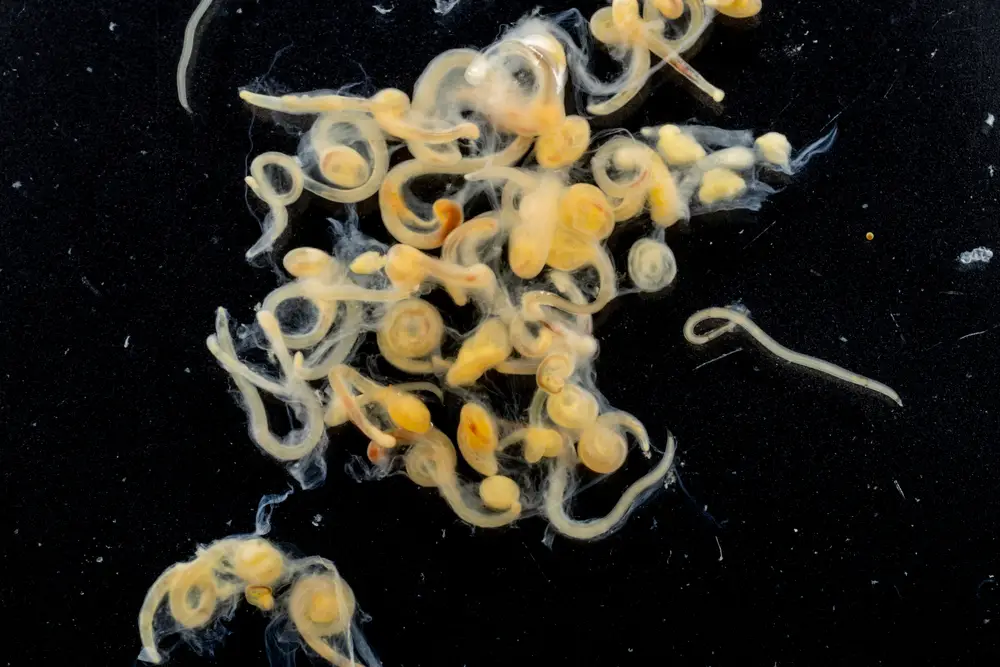
Spiny-headed worms, also known as acanthocephalans, have a unique way of calling fish guts their home. These parasites latch onto the intestinal walls of their fish hosts, feeding off their nutrients. It’s a comfortable life for the worm, but a problematic situation for the fish.
The relationship is parasitic, with the worm benefiting at the fish’s expense. The fish can suffer from malnutrition and other health issues due to the worm’s presence. This example highlights the survival strategies of parasitic organisms and their impact on their hosts.
6. The Peculiar Case of the Tongue-Eating Louse in Fish

The tongue-eating louse is one of nature’s more bizarre creatures. This parasitic isopod enters a fish’s mouth and attaches itself to the tongue, eventually replacing it. The louse feeds on the fish’s blood and mucus, living comfortably in its new home.
This relationship is parasitic and rather gruesome, with the fish losing its tongue. Despite the gruesome situation, the fish often continues to live and feed normally with its new “tongue.” The tongue-eating louse is a prime example of the strange ways organisms adapt to survive.
7. The Strange Symbiosis of Cleaner Fish in Other Fish
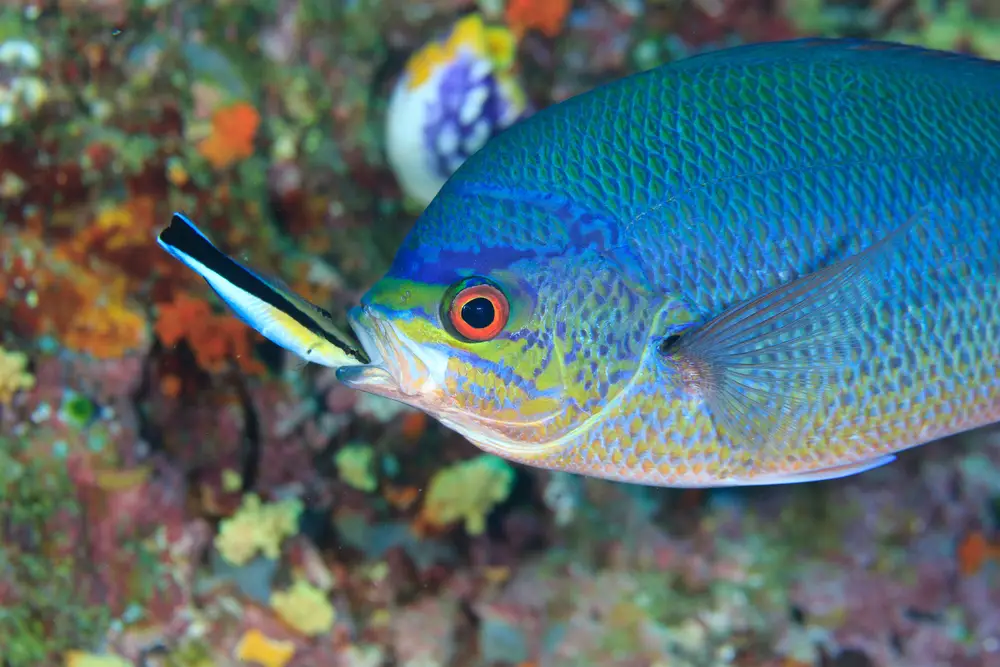
Some fish have found a way to offer services instead of merely taking up space. Cleaner fish, like the cleaner wrasse, set up cleaning stations on coral reefs, where larger fish come to have parasites and dead skin removed. The cleaner fish enter the mouths and gills of these larger fish to do their job, acting as underwater dentists.
This relationship is mutualistic, as the cleaner fish get a steady supply of food while the larger fish enjoy better health. It’s a win-win situation that highlights the complex interactions within ecosystems. The cleaner fish’s boldness in entering another creature’s mouth is a testament to nature’s ingenious problem-solving abilities.
8. The Astounding Ant That Lives Inside Plant Stems
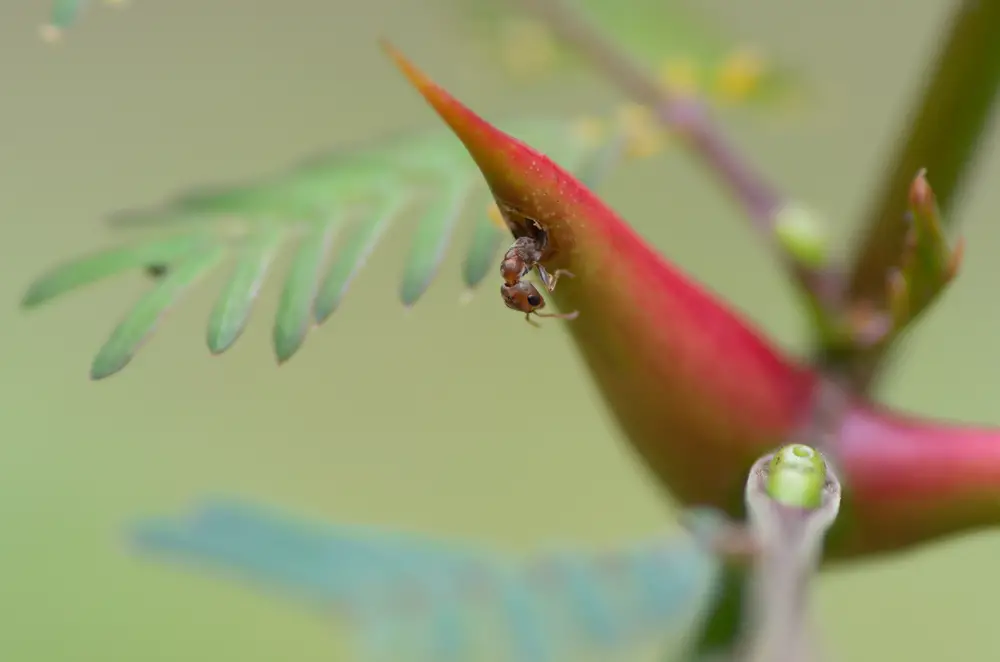
Meet the acacia ant, which has formed an incredible symbiotic relationship with the bullhorn acacia plant. The ants live inside the hollow thorns of the acacia, using them as a fortress. In return for shelter, the ants protect the plant from herbivores and trim away competing vegetation.
This relationship is a perfect example of mutualism, with both species benefiting significantly. The ants gain a secure home and food, while the plant enjoys enhanced survival and growth. It’s a fascinating demonstration of how species can evolve to live together harmoniously.
9. The Curious Case of Bees Living Inside Flowers
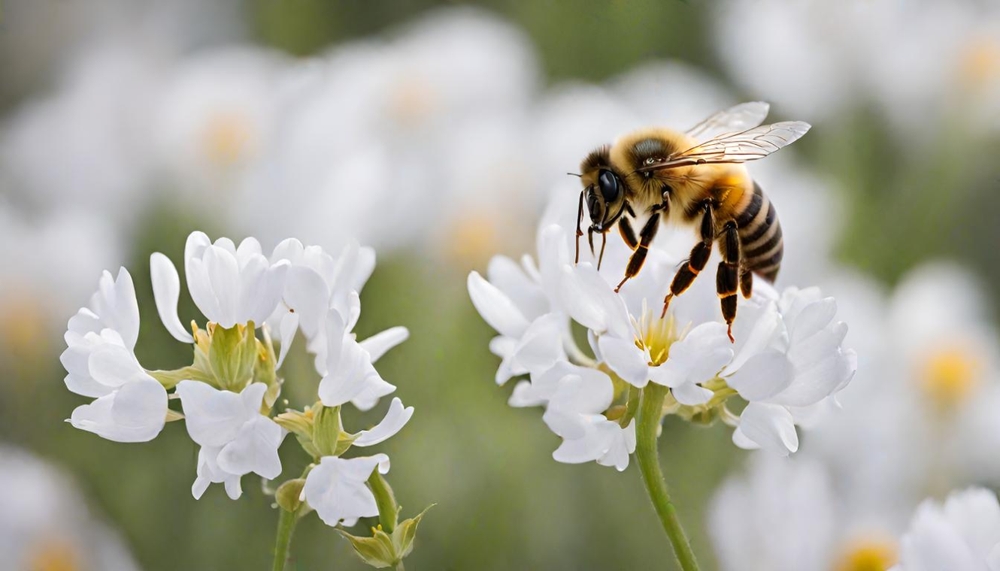
Some bees, like the orchid bee, have taken up residence inside flowers. These bees are attracted to the strong scents of certain orchids and use the flowers as temporary homes. While there, they inadvertently pollinate the orchids as they move around.
This relationship benefits both the bees and the orchids. The bees gain access to nectar and a safe resting place, while the orchids ensure their pollination and reproduction. It’s a prime example of nature’s intricate interdependencies.
10. The Unusual Union of Fungi Living Inside Plants
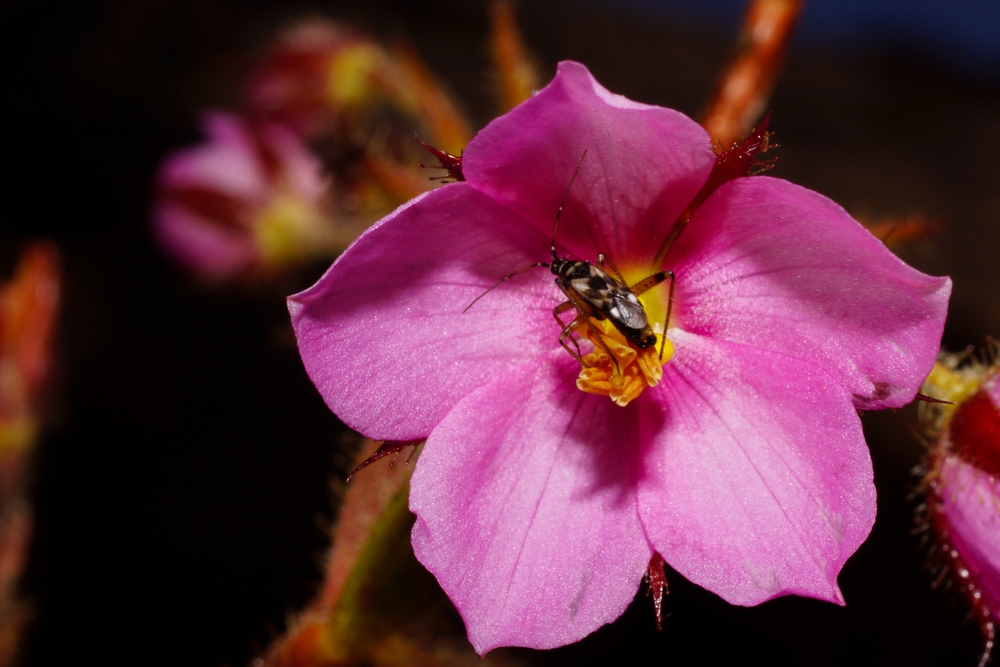
Endophytic fungi have found a unique niche inside plant tissues. These fungi live symbiotically within plants, often enhancing the plant’s resistance to diseases and stress. In return, the fungi receive nutrients and a protected environment.
This mutually beneficial relationship highlights the importance of fungi in ecosystems. By living inside plants, these fungi contribute to the overall health and resilience of their hosts. It’s a testament to the complex and interconnected world of nature.
11. The Fascinating Life of Mites Inside Bird Feathers
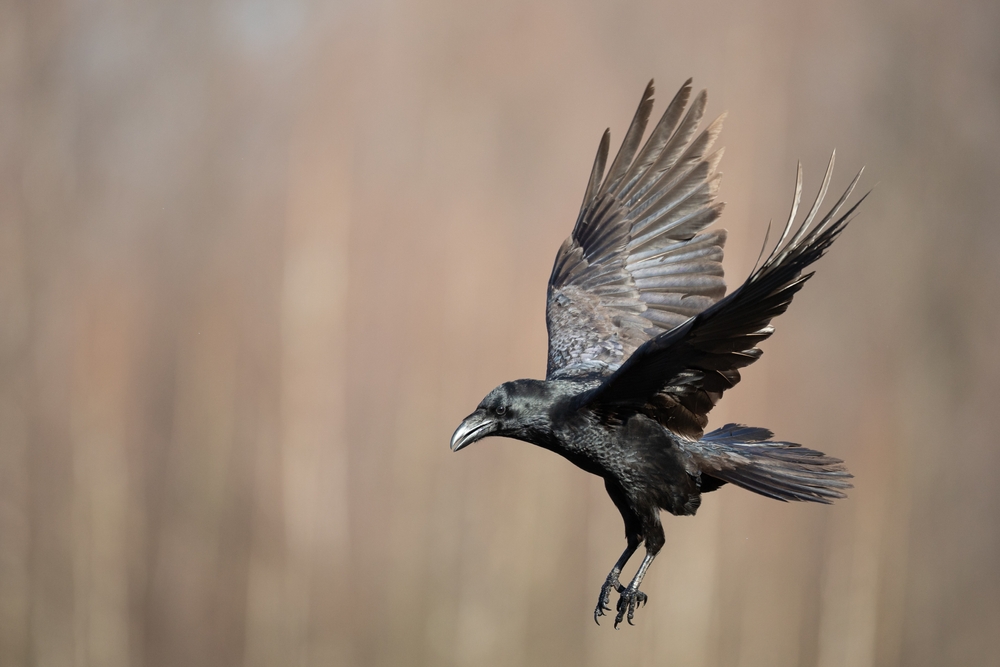
Feather mites have formed an intricate relationship with birds, living inside their feathers. These tiny arachnids feed on oils and debris, helping to keep the birds’ plumage clean and healthy. In return, the mites gain a safe habitat and a constant food source.
This mutualistic relationship benefits both parties, with the birds enjoying better feather maintenance and the mites thriving in their secure home. It’s a remarkable example of the tiny ecosystems that exist within larger organisms. Feather mites demonstrate the importance of micro-relationships in nature.
12. The Peculiar Parasitism of Liver Flukes in Mammals
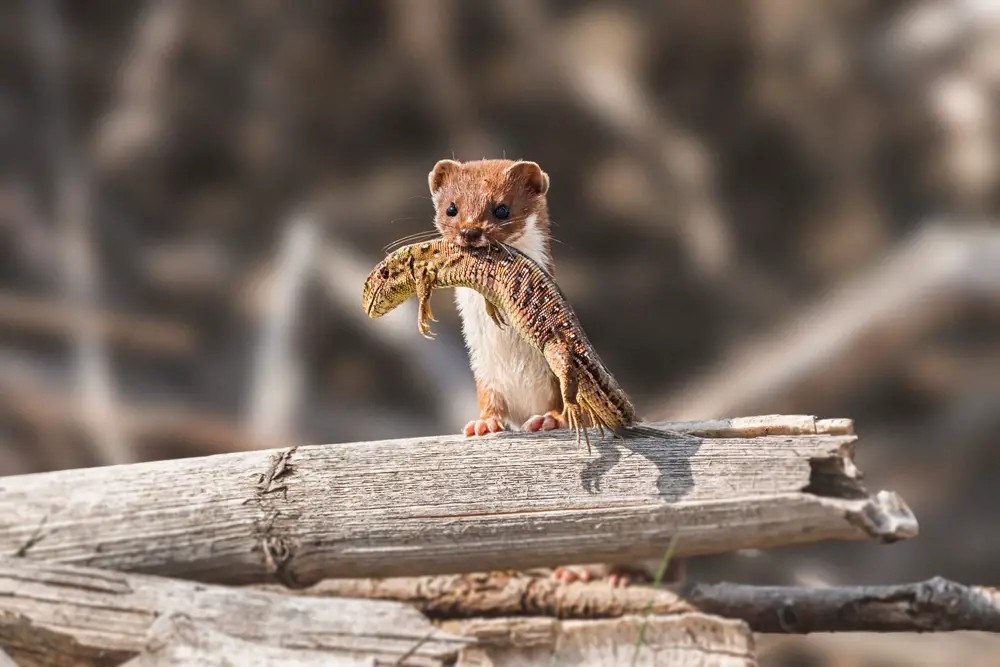
Liver flukes are notorious parasites that live inside the livers of mammals, including humans. They attach themselves to the liver tissue, feeding on blood and causing severe health issues. This parasitic relationship is harmful to the host, leading to liver damage and other complications.
The liver fluke benefits from a nutrient-rich environment, thriving at the expense of its host’s health. It’s a stark example of the cost of parasitism in nature. Despite their detrimental impact, liver flukes highlight the adaptability of parasitic organisms and their complex life cycles.
13. The Intriguing Inhabitants of Termites Inside Fungal Gardens
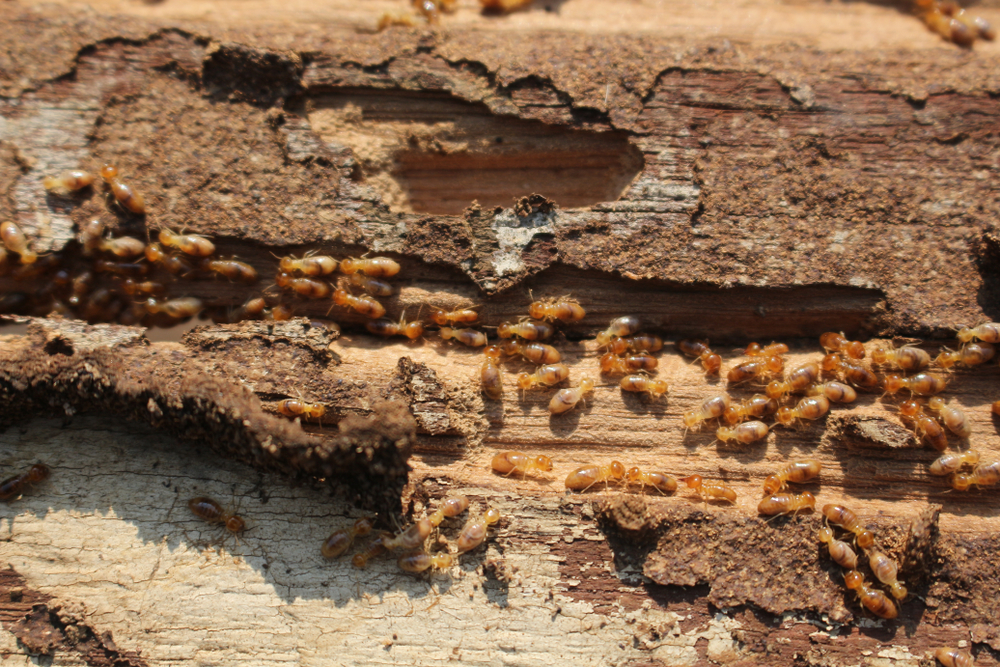
Some termite species have formed a unique partnership with fungi, cultivating fungal gardens inside their nests. The termites feed on the fungi, which break down tough plant material into digestible nutrients. In exchange, the fungi receive a constant supply of organic matter and a controlled environment.
This mutualistic relationship benefits both the termites and the fungi, ensuring their survival and ecological success. It’s a fascinating example of how species can work together to overcome environmental challenges. The termite-fungi symbiosis demonstrates the power of cooperation in nature.
14. The Extraordinary Existence of Parasitic Wasps Inside Caterpillars
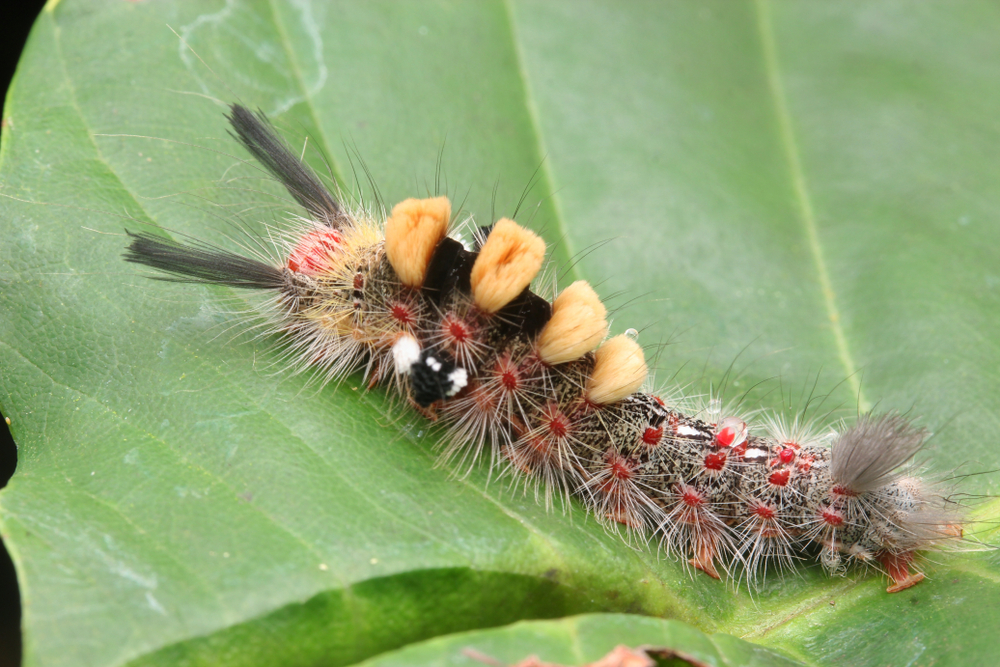
Parasitic wasps have a chilling life cycle that involves laying their eggs inside caterpillars. The wasp larvae feed on the host from the inside, eventually emerging to continue their life cycle. This parasitic relationship is fatal for the caterpillar, which serves as a living nursery for the wasp offspring.
The parasitic wasp benefits from a secure, nutrient-rich environment for its young. This gruesome example of parasitism showcases nature’s darker side and the lengths some organisms will go to reproduce. Despite its harshness, the relationship highlights the intricate and often brutal balance of ecosystems.
15. The Remarkable Residence of Bacteria Inside Human Guts

The human gut is home to trillions of bacteria, forming a complex and essential ecosystem. These microbes aid in digestion, produce vital nutrients, and help protect against harmful pathogens. In return, they receive a constant supply of food and a stable environment.
This mutualistic relationship is crucial for human health, influencing everything from metabolism to immune function. The bacteria benefit from a secure home, while humans enjoy improved digestion and disease resistance. It’s a testament to the profound interconnectedness of life and the importance of microbial communities in supporting complex organisms.
